When is Equator from the Air on TV?
The first of instalment of this BBC Two four-part series will be on your screen at 8pm on Sunday 26 May, with the second episode airing on Sunday 2 June at 8pm.
What is Equator from the Air about?
With many species endangered or facing extinction, and many communities struggling to cope with the effects of climate change, mass migration and pollution, the equator is where today’s most critical environmental dilemmas come into sharp focus.
This new show explores the dramatic changes occurring along the equator from a different angle; the air. Using helicopters, light aircraft, drones and satellite sensing, zoologists, conservationists and law enforcement officers are increasingly taking to the skies to help with their environmental work.
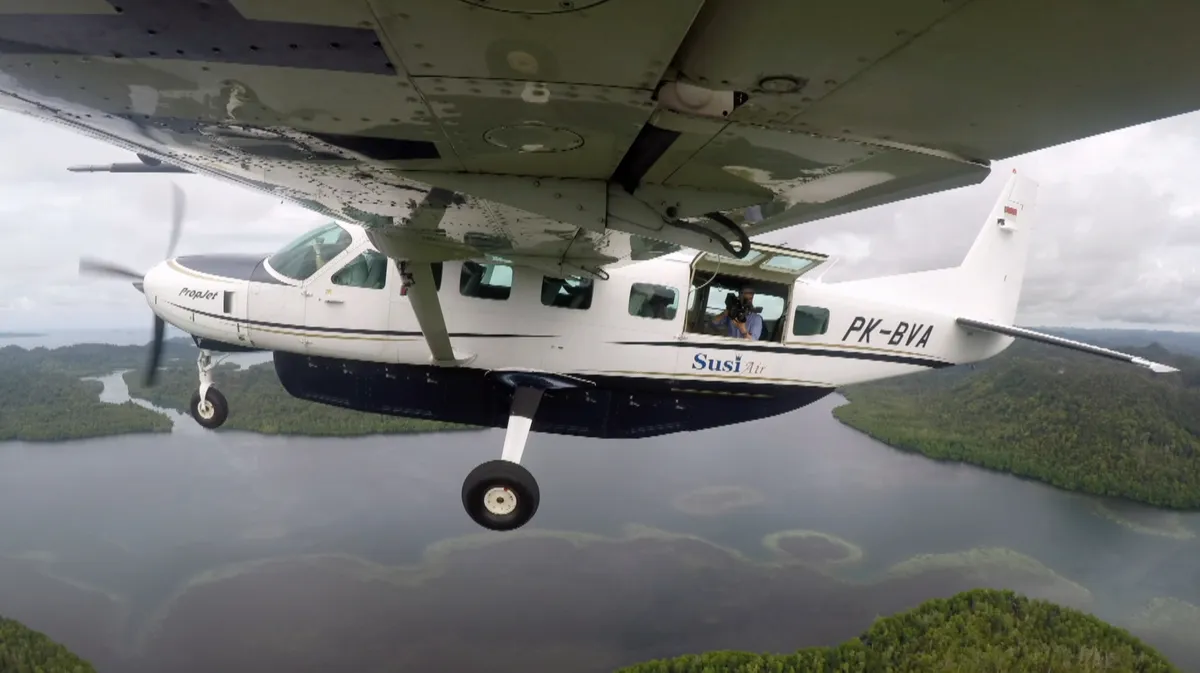
Episode one journeys across Africa, where equatorial wildlife competes for space with a fast-growing human population.
Episode two focusses on South America, and how people are fighting to save the Amazon rainforest and endangered species, including Ecuador's condors.
Who is narrating, or appearing on, Equator from the Air?
Wildlife cameraman and presenter Gordon Buchanan makes the epic round-the-world journey to investigate the pressures on some of Earth’s richest and most spectacular habitats, from a new vantage point.
“Having an aerial view gives an unrivalled overview, in that you can place all living things in the context of their surroundings,” says Gordon.
“You can see not only an elephant but its entire range, not only an orangutan in a tree but the extent of loss of its habitat. A view from above helps us make sense of what’s happening on the ground.”
Gordon meets people who, in one way or another, are having an impact on the wilderness, as this series is as much about them as it is about the local flora and fauna.
“We can’t fully address and attempt to rectify the problems that wildlife face without also addressing the problems that people face,” he says. “Our planet
is in peril and we see this in sharp focus around the equator.”
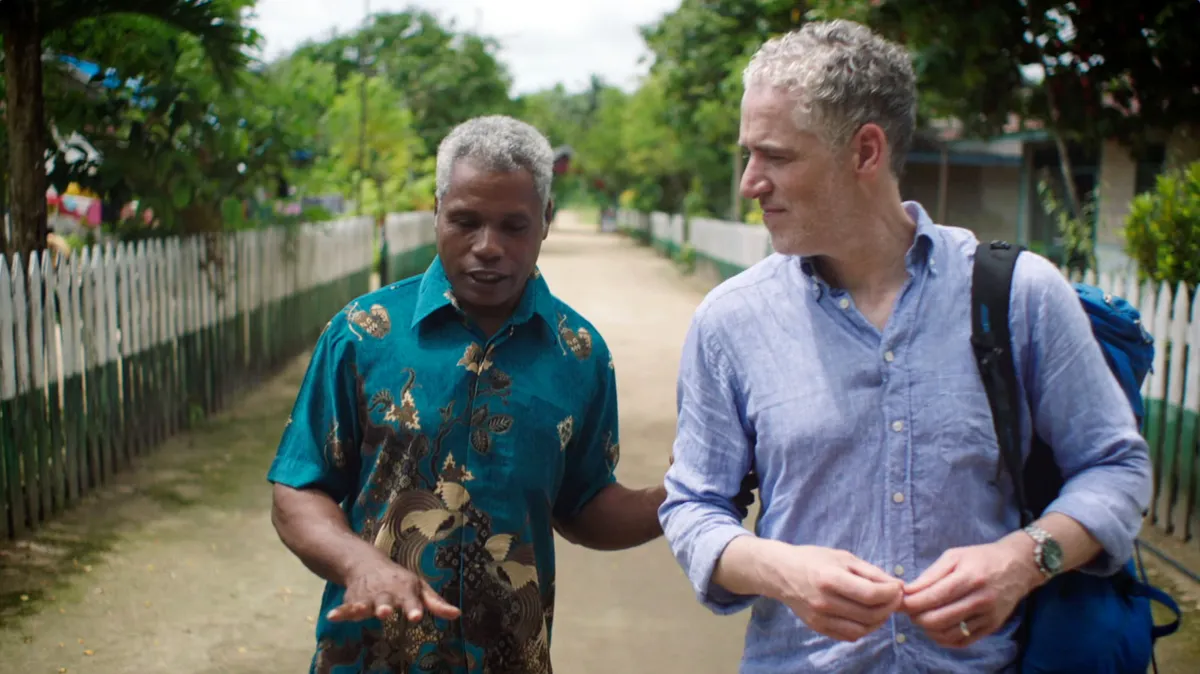
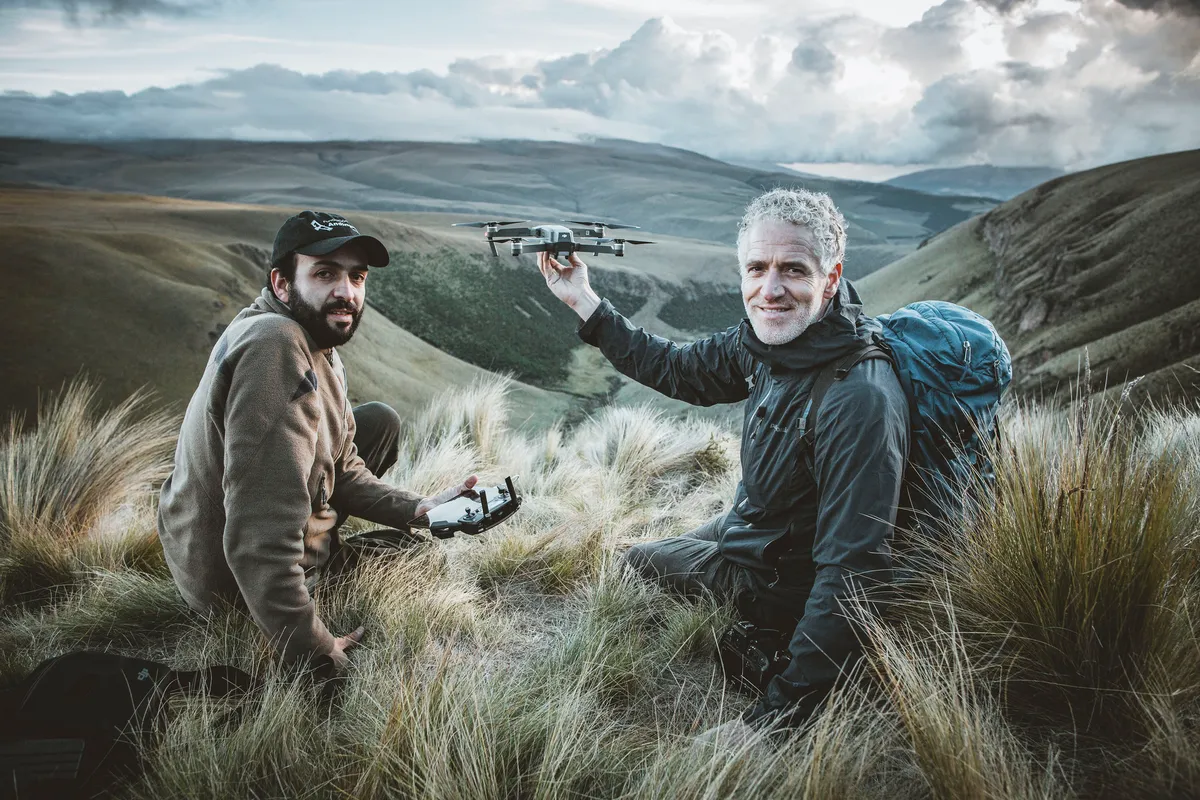
Which species will feature in Equator from the Air?
1
African elephant
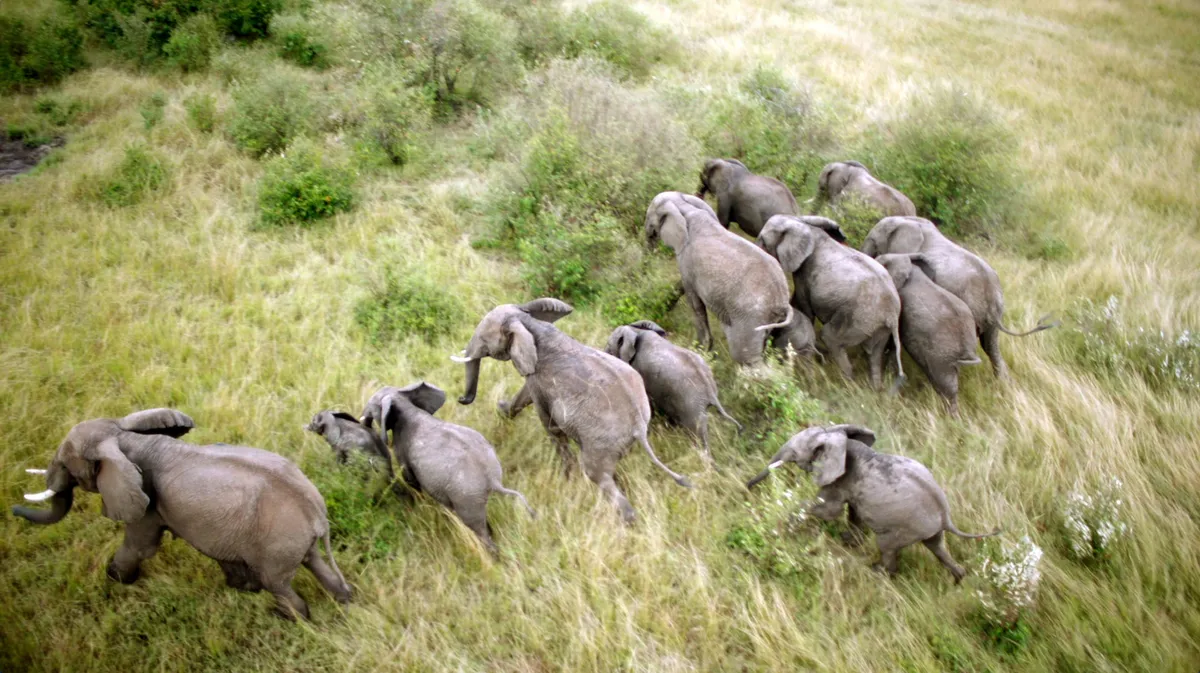
Families of elephants can be seen in areas across the equator as they walk across the land in search of food.
Increasing conflicts with growing human populations are putting the lives of African Elephants at risk. Local law enforcement are heading to the sky to try and protect them from these new dangers.
2
Lesser flamingo

These magnificent pink birds congregate in huge flocks along the edges of choice lakes. The sheer number of them is staggering and most obvious when viewed from above.
As human populations grow along lakes at the equator the changes to their numbers are also astonishing.
3
Humpback whale
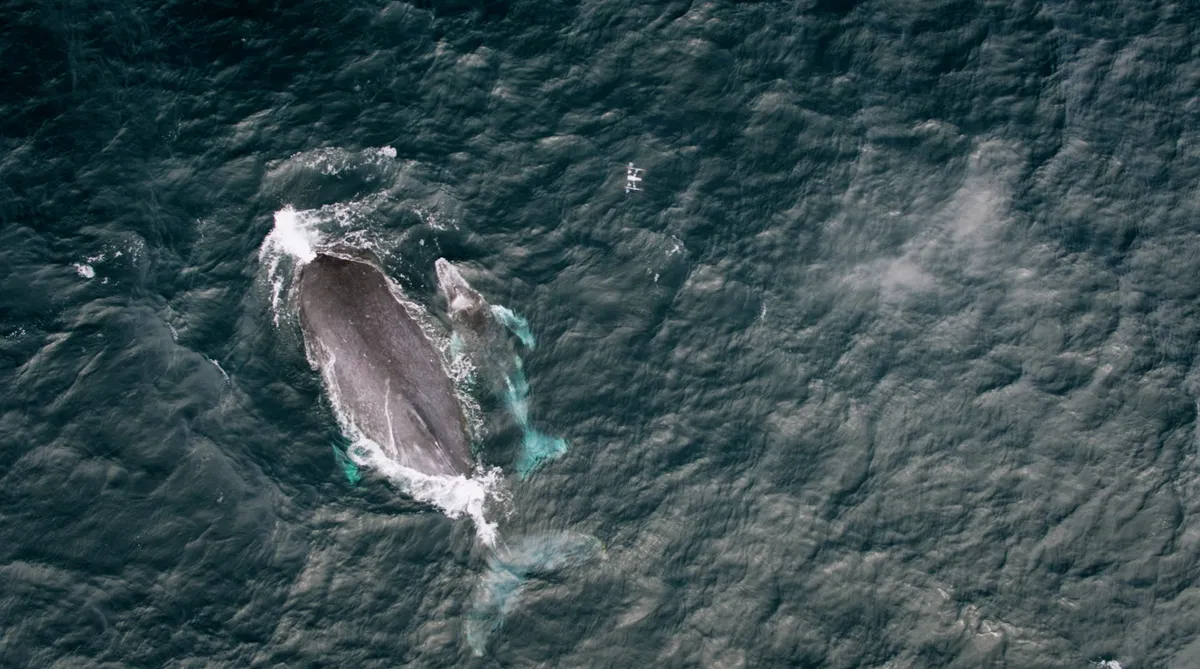
Migrating from the Antarctic to the African coast to feed and give birth, these ocean giants are suffering from increased shipping and the increase in the number of oil rigs.
Scientists are using new drone technology to investigate the health of these equatorial populations.
4
Human
People are being pushed to the brink, as populations grow more resources are required for survival. With 40 per cent of the human population living along the equator, the problems they are facing are clear.
Conservationists and local researchers are using satellite technology to try and help the growth in conjunction with wildlife.
Main image: Gordon Buchanan in Rondônia, Brazil. © Freddie Claire